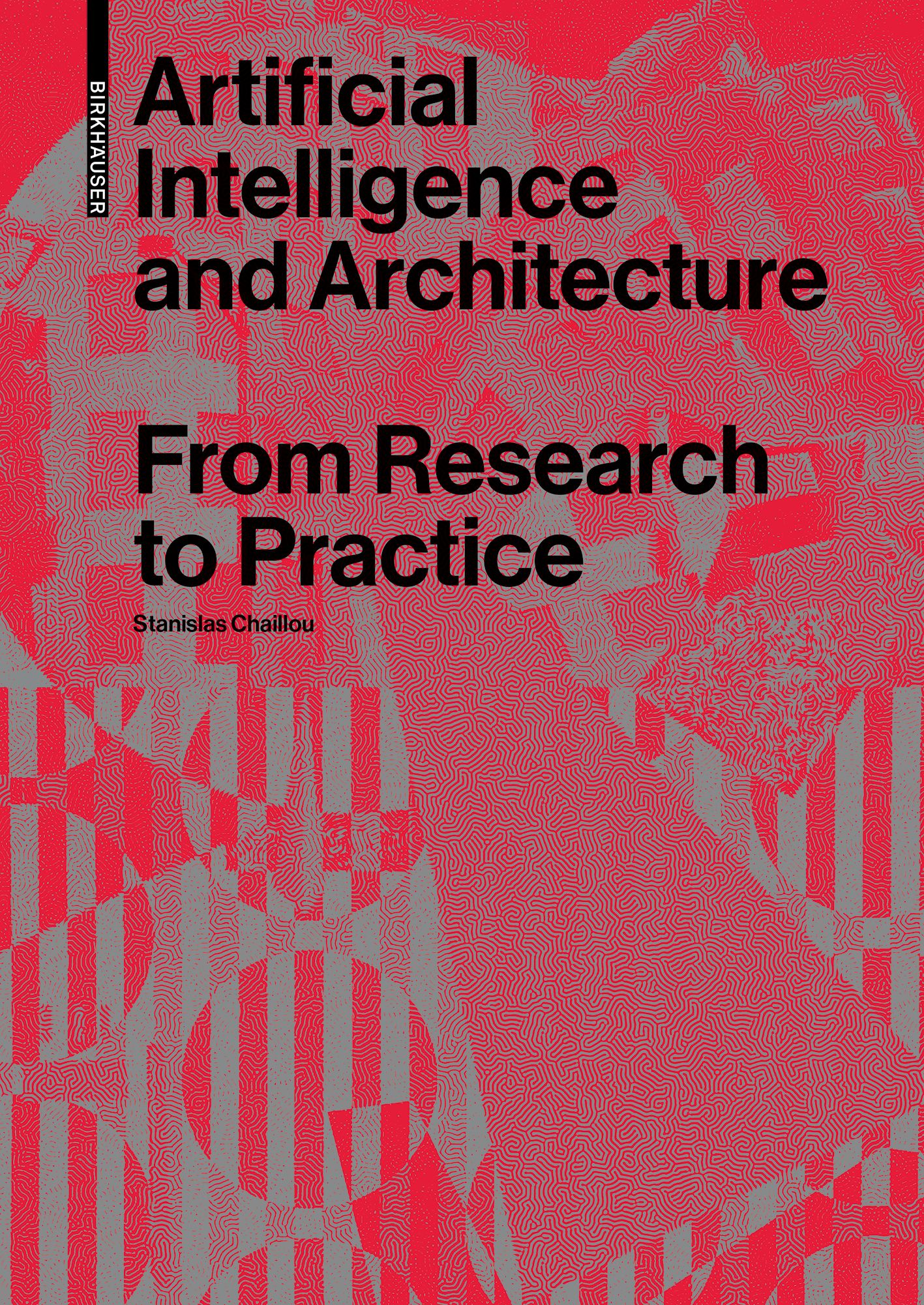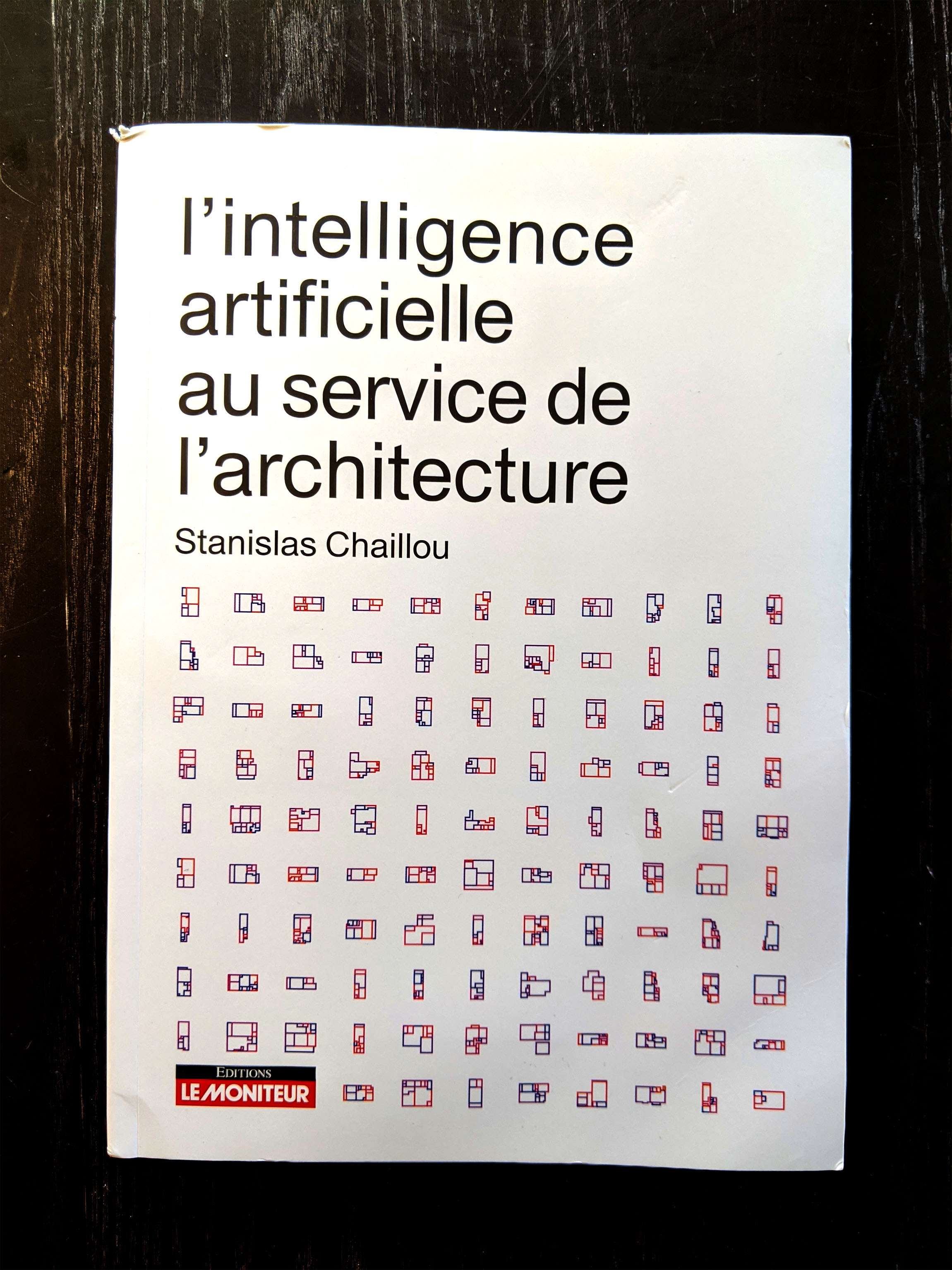L'apprenti Sorcier
(The Sorcerer's Apprentice)
Kyle Steinfeld
In a chapter of Artificial Intelligence and Architecture: From Research to Practice, edited by Stanislas Chaillou, I argue that while recent developments in artificial intelligence threaten to dislodge some of our basic assumptions about the nature and purpose of computational design tools, creative designers ought to welcome the disruption.

This article was also published in L'intelligence artificielle au service de l'architecture in 2021

Recent developments in artificial intelligence threaten to dislodge some of our basic assumptions about the nature and purpose of computational design tools. Creative designers ought to welcome the disruption.
The use of computational tools in design has long been understood through the metaphor of computer "assistance", wherein software stands by as an aide as we work on our design tasks. Affirming this metaphor, designers have come to expect that computers can be effective assistants insofar as they facilitate what has been described as a "reflective conversation" between an author and the salient materials of a design situation. But if design activity may be understood as a conversation with a willing assistant, then we must ask: what is the nature of this conversation? What is the topic, the context, and what are the terms by which participants converse? The variety of possible answers to such questions reveals that computational tools are not universal, but rather are cultural products strongly related to the details of the contexts in which they are produced and those in which they are applied. And yet, despite the contextual nature of computational design, we find that a single paradigm dominates the contemporary architectural toolkit.
For more than 50 years, design technologists have struggled to coax computers to become better design aides. While a survey across this period reveals only mixed success, there are a number of notable bright spots. These bright spots - those times at which design technology has enjoyed a deep and wide-ranging impact on the culture and practice of architecture - have come when we presupposed that design is a rational activity, and is therefore best supported by a rational computational partner. This is how most contemporary tools for computer-aided design are understood today, and we find all around us examples of such an approach. From parametric modeling, to BIM, to simulations of building performance, most CAD software seeks to extend our capacity for reasoning about design in an analytical and deliberate way. Parametric modeling, for example, is a particularly insistent conversation partner, demanding that each idea flow from a more fundamental premise, thereby encouraging us to compose increasingly elaborate chains of logic. Similarly, building information (BIM) systems are meticulous bookkeepers that require us to elaborate on each tiny idea to an exhausting level of detail. As such, we may rightly understand contemporary CAD not as general design assistants, but rather as specific instruments of machine-augmented rationalist design. Such tools are more lab-assistant than raconteur, and while the conversations enabled them are welcomed by some, when applied in the service of creative design, many of us find CAD to be boorish, tiresome, and fatiguing.
While rationalist tools excel in supporting rational thinking, creative design requires tools for creative thinking.

Late-stage design, a phase in which designs are refined into viable products, may be well-understood as a rational endeavor, and might therefore warrant the support of something like a lab assistant. Early-stage design, a phase in which the contours of a design concept are not yet clear, is different. Activities that tend to guide early-stage design, such as sketching and formal ideation, rely less on rationality and more on creativity, and therefore call for a very different sort of partner. With this in mind, we might ask: What are appropriate qualities for an early-stage design assistant? What sort of conversations are useful for enhancing creativity, and which capacities should such a tool facilitate? To address such questions, we must better understand the nature of creative design.
In the early stages of a design, we are faced with a complex, confusing, and contradictory set of technical and social problems for which there exist no well-defined approaches to solve. And yet, somehow in this moment, designers regularly manage to manifest solutions. These are drawn from the materials of this problematic situation, yes, but also assembled along the lines of a new order that seemingly appear from nowhere at all. Such creative leaps are less an act of reason, and more an act of imagination: of finding connections among ideas that were not previously connected. While such solutions may appear to be conjured up in a "sudden illumination", creativity is not magical, and many thinkers have sought to account for the ground from which creative leaps might spring. Robin Evans described creative design in terms of a "projective transmission" among an author's imagination, the instruments of drawing, and the dictates of geometric description. Nigel Cross referred to creative design as an "abductive leap" that relies on connections made between the direct experience of the author and the context surrounding a problem. What the many accounts share is that creativity is highly contextual, that it thrives in the recognition of new patterns, and that these new patterns are often improvisational modifications of those drawn from experience. With this in mind, how might our computational assistants support creative action?

Insofar as creative design relies less on the mechanisms of reason, and more on those of imagination, the failure of existing models of computer-aided design is clear. Our existing software are conceived of as tools of reason, not of imagination. For example, while we have tools that help us account for the connections across a complex program brief, we still require a tool for discovering those critical relationships that we're not yet aware of. While we have tools for finding forms based on the optimization of structural performance, we still require a tool that allows us to discover forms that recall selections from the enormous dataset of architectural precedent that we've inherited. While we have techniques to collate and visualize the cacophony of data related to an urban site, we still require a tool to identify those qualitative patterns that lend our most successful cities a sense of place. While we have tools conceived in the “lab assistant” model that excel in supporting rational design, we lack a computational aide that foregrounds the recognition of patterns, the application of precedent, and the awareness of context. What creative design requires is a "sorcerer's apprentice", and the new breed of tools based on machine learning that now being developed are just this.